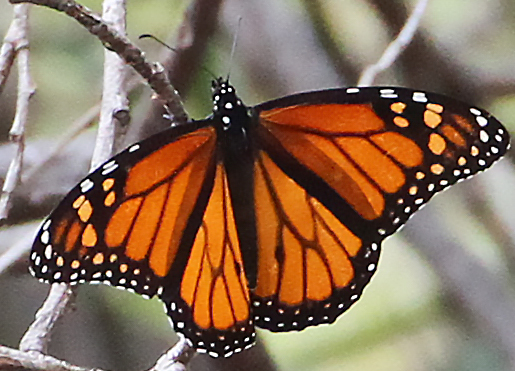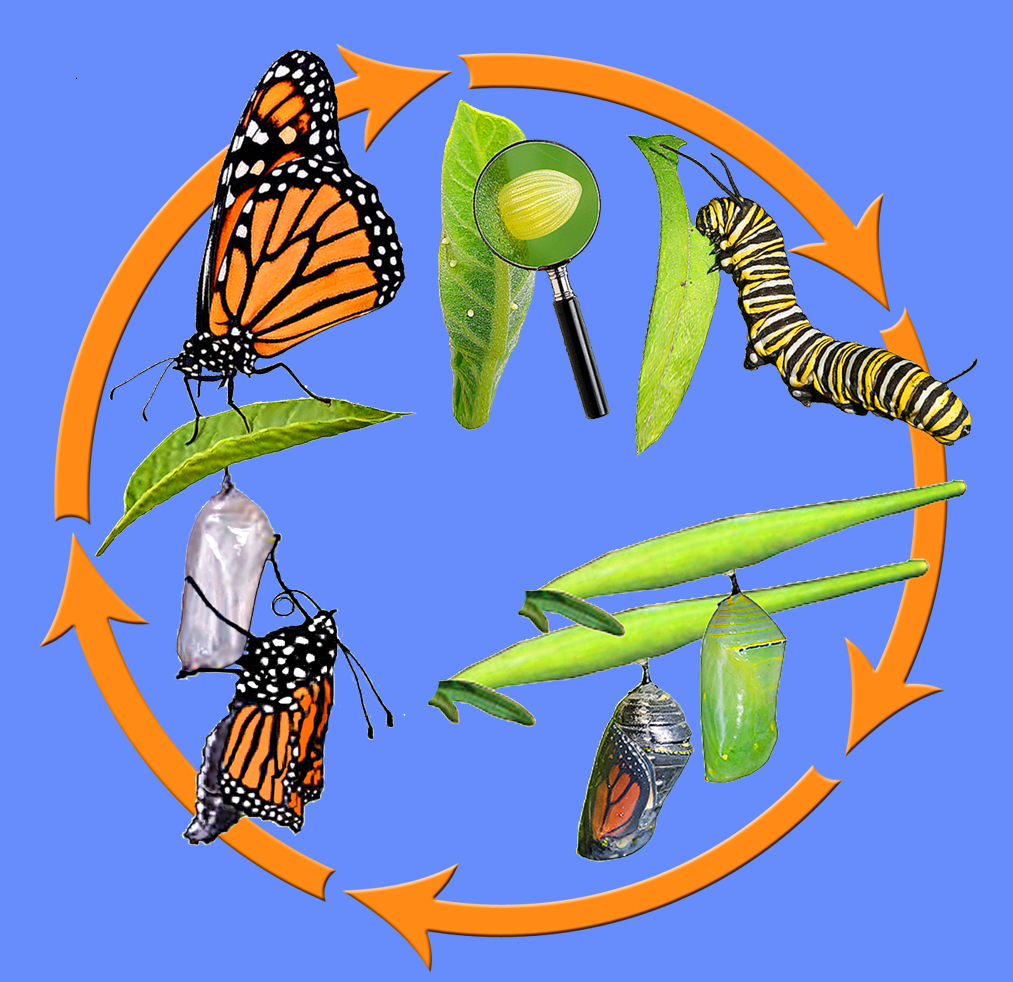Monarchs and Milkweed

One of the most iconic butterflies from my childhood is the Monarch Butterfly. It’s beautiful pattern of orange, white and black is recognizable to anyone who has spent time out of doors. There may come a time, however, when it will not be so easy to see. The numbers of monarch butterflies has fallen by 90% from its numbers in 1992. The milkweed plant population, indispensable to the monarch, is also down 90%. Milkweed plants are the only source of food for the monarch caterpillar, but these plants are under assault from destruction of habitat through human development and the widespread use of weed killer on the fields where they live. The increased interest in the plight of the monarch as led to an explosion of non-native milkweed that is easier for nurseries to grow and sell. These non-native plants have replaced native milkweed varieties upsetting the local ecosystems.

Monarch butterflies are the only butterflies to make a two-way migratory trip as birds do. Using environmental cues, the monarchs know when it is time to travel south for the winter. Monarchs use a combination of air currents and thermals to travel long distances. Some fly as far as 3,000 miles to reach their winter home. There are two primary populations: those from the East coast overwinter in mountainous areas of Mexico in the states of Mexico and Michoacan using the Oyamel fir forests as roosting sites. The monarchs living west of the Rocky Mountains overwinter in California along the Pacific coast near Santa Cruz and San Diego using the eucalyptus, Monterey pines and Monterey cypresses.
Monarch migration is a multi-generational phenomenon that can be explored at https://www.fs.fed.us/wildflowers/pollinators/Monarch_Butterfly/migration/. What is important to note is the absolute requirement of the APPROPRIATE variety of milkweed to support these beautiful creatures during their lifecycle. Here in Southern California there are two primary species, the Narrow Leaf Milkweed or Asclepias fascicularis and the California Milkweed or Asclepias californica. These two varieties go dormant in the winter. Information and pictures of these two varieties are available on the website for the California Native Plant Society (cnps).

While milkweed has become a popular plant available at most plant nurseries, these two varieties are not always readily available. Varieties sold at most nurseries are popular because they offer year round color meaning they do not go dormant in the winter. These particular non-dormant varieties can be host to a parasite called Ophryocystis elektroscirrha (OE). Monarchs infected with large number of this parasite will likely not emerge from the chrysalis stage to continue their migration or, if the parasite load is less, will be less likely to migrate successfully.
To learn more about the beautiful monarch butterfly and how you can help as well as information on the appropriate varieties of milkweed visit these websites:
